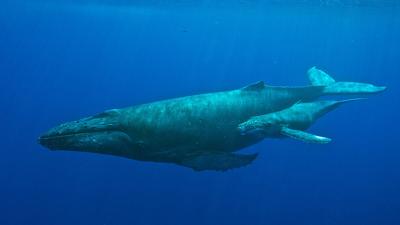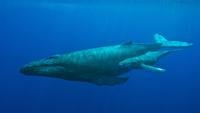WORCESTER CO., MD/SUSSEX CO., DE - The National Oceanic and Atmospheric Administration (NOAA) Fisheries has announced a request from US Wind, Inc. for a Letter of Authorization that would cover potential negative impacts to small numbers of marine mammals during construction of US Wind’s offshore wind project.
US Wind also requested Incidental Take Regulations that would establish how many of a certain marine mammal species’ incidental disruption and possible injury would be permissible during construction.
“Take,” as defined by NOAA under the Marine Mammal Protection Act, is the hunting, harassment, capture, or killing of any marine mammal. Take also covers the negligent or intentional operation of a vessel or any other negligent or intentional act that results in disturbing or molesting a marine mammal. The Take Regulations requested by US Wind specifically cover Harassment Takes due to sonic disturbance during construction, including impact pile driving, of the offshore wind project.
Harassment “Takes” of marine mammals is further broken down into two levels, A and B. Level A covers any act of annoyance that has the potential to injure a marine mammal. Level B refers to acts that have potential to disturb but not injure marine mammals. The request by US Wind includes authorization for both levels for certain numbers of animals.
According to the total requested numbers, US Wind has proposed authorization for a total of 6 Fin whales, 9 common minke whales, and 6 Humpback whales under Level A for the duration of construction. The number of those potentially affected animals under Level B is 31, 52, and 26 respectively.
Other animals listed as potentially impacted in the Take Request include Sei whales, Bottlenose dolphins, long and short-finned pilot whales, and seals. The most significant number of animals in the proposed takes was 5,002 Bottlenose dolphins covered under Level B.
"This regulatory action is part of NOAA’s ongoing work to ensure the nation’s deployment of offshore wind energy is done in a manner that avoids and minimizes impacts on protected resources and their habitats," NOAA Fisheries said in a social media post Wednesday.
NOAA says they are requesting public comments as they consider a decision on US Wind’s request. NOAA’s responses to those comments will be included in the final notice of their decision, according to the agency.
If issued to US Wind, the proposed regulations would take effect January 1, 2025 and last through December 31, 2029. For more information, including US Wind’s full request and data, you can view the request announcement here.


